With Birmingham in financial crisis, Joe Holyoak explores how plans for Ladywood and Druids Heath risk repeating past mistakes, and excluding the very residents they are intended to serve
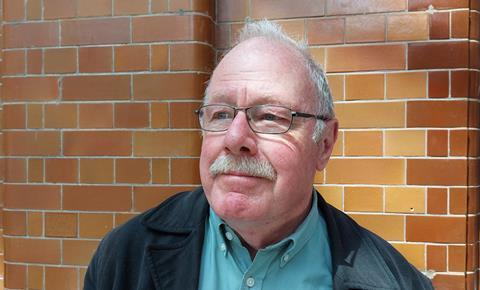
Two enormous municipal housing estate redevelopment programmes in Birmingham have taken significant steps forward. The two estates are Ladywood and Druids Heath, and both projects (each described by the city council as “regeneration” rather than using the more threatening word redevelopment) have caused residents to express great concern about their futures there.
The two estates, although of a similar age (Druids Heath built in the 1960s, and Ladywood in the 1950s and 60s), have very different contexts. Ladywood is an inner-city district, part of the city centre, and its post-war redevelopment replaced streets of terraced houses, courts of back-to-backs, workshops and factories. Druids Heath is in the far south of the city, on the boundary with Worcestershire, and was built on farmland.
Both estates contain a coarsened version of Le Corbusier’s modernist “towers in the park” vision, with high-rise point blocks combined with low-rise housing: what the city council at the time termed “mixed development”. But both estates are now looking tired and, in some ways, obsolete. Druids Heath has been described as the city’s only large municipal housing estate of the post-war period not to have received substantial investment.
The city council, as is widely known, is broke, and at the time of writing has for months been unable to reliably empty residents’ rubbish bins. Government commissioners monitor all major expenditure. Clearly, the council cannot afford to pay the projected costs of the two estates’ regeneration projects – in round figures, £1.0bn for Druids Heath and £2.2bn for Ladywood.
So the city council needs a private sector partner in each case to provide the necessary finance. This means a commercial housebuilder who will expect to make a significant profit from the construction and open-market sale of houses and flats. This creates an immediate problem in municipal estates where a large proportion of the existing dwellings are council-rented: about 67% in Druids Heath, and about 64% in Ladywood.
A big increase in housing numbers is proposed for both estates: a 92% increase in Druids Heath, and a 281% increase in Ladywood. Despite containing a number of point blocks, both existing estates are in fact low-density. Ladywood’s housing density was halved by the post-war redevelopment although, previously, nothing was taller than three storeys. So a substantial increase in density, particularly in inner-city Ladywood, is justified, both by the meeting of housing need and by the need for urban sustainability.
In Druids Heath we can see what results from the 92% increase in density, because a masterplan has been prepared by the city council and published, prior to the appointment of a private sector partner. In Ladywood the sequence of operations is different, for some unexplained reason: the contract with the private sector partner, St Joseph Homes, part of the Berkeley Homes group, was signed in April, and the making of the masterplan will follow.
Unsurprisingly, large numbers of existing Ladywood residents are in fear of the threatened demolition of their homes
Nobody has yet attempted to suggest what a 281% increase in Ladywood’s housing density would look like. The increase could in fact be even greater. Allowing for the intended public open spaces, and for non-residential land uses like schools and the local centre, that increased density could be 251 dwellings per hectare. But the draft new Local Plan, published in 2024, proposed a minimum residential density for new developments in the city centre of 400 dwellings per hectare.
That figure is similar to parts of downtown Hong Kong. It is hard to believe that anyone in the planning department has thought through the implications that this number has for urban form. Unsurprisingly, large numbers of existing Ladywood residents are in fear of the threatened demolition of their homes. Similar fears are expressed in Druids Heath. At 400 dwellings per hectare, there would be no houses in Ladywood, only high-rise flats.
Both regeneration projects have been badly managed by the city council, producing fear and antagonism from residents in both places. In April, George Smith, spokesman for the Ladywood residents’ group Ladywood Unite, wrote that “From Ladywood to Druids Heath and Perry Barr, there is a growing concern that residents across Birmingham are not being afforded the respect, transparency, and honesty that should be expected from the Council”.
Since the contract for Ladywood with St Joseph Homes was signed, there are in fact encouraging signs. This was not expected. There has been less talk of demolition, and more of renewal. (Although the word renewal, like regeneration, is capable of varied interpretations). It remains to be seen how the city council’s density policy can be followed without widespread demolition, which would create trauma in the neighbourhood, just as happened in the 1960s.
The second failure is the absence of any facilitation of a democratic decision-making process, in which residents are in partnership with authority
There are two major failures which the planning processes on both estates have in common. The first is the failure of planning to respond to housing need. Both Ladywood and Druids Heath are places containing many disadvantaged households. In addition, Birmingham has nearly 24,000 households on its social housing waiting list. But commercial developers are predominantly building one- and two-bedroomed flats, not meeting the need for affordable family-sized dwellings. The planning system seems to be incapable of addressing this gap.
The objection to the outline planning application for Druids Heath made by the Birmingham Fair Housing Campaign, part of Shelter, points out that the intended inclusion of only 11.4% affordable housing in the Druids Heath application (the city council’s minimum requirement on big developments is 20%, reduced from the previous 35%) inevitably signals gentrification: existing residents priced out by incomers who can pay more. This is likely to also be the case in Ladywood.
The second failure is the absence of any facilitation of a democratic decision-making process, in which residents are in partnership with the local authority, actively participating in the joint making of proposals for the place in which they live. Birmingham used to be good at this: maybe it no longer has officers who know how to do it. “Consultation”, the word which frequently appears in the city council’s descriptions of what is proposed, is in the category of “tokenism” in Sherry Arnstein’s 1969 Ladder of Citizen Participation. “Partnership” is two rungs higher on the ladder, and is in the category of “citizen control”.
An organisation called Place Prospectors has since 2018 been resident on the Druids Heath estate, working with the community on a variety of projects which collectively add up to what it calls its Cultural Placemaking Plan for Druids Heath. It has networked extensively with residents on these projects: writing oral histories, a Saturday club for children, a community photography project, recording local history, campaigning for local wetland, and many other things.
Some of these activities have been funded by the city council, which has been continually supportive. One might have thought that when it came to making a spatial plan for the transformation of the estate, the work done by Place Prospectors would be an obvious foundation to build upon. Yet Jayne Murray of Place Prospectors told me that her organisation has had little involvement with the masterplanning process.
That process has been characterised by limited consultation rather than by partnership. Whether the record can be improved in Ladywood we wait to see. George Smith tells me that St Joseph Homes have adopted a city council policy published in 2023 called Powered by People. This is a radical policy about sharing power with communities which, since its publication, the city council has noticeably failed to implement. If St Joseph Homes have really taken it on board, that could be an encouraging sign.




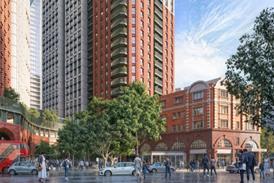




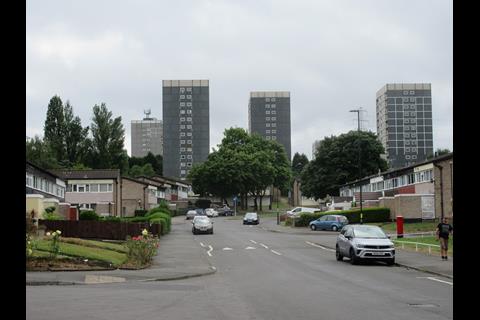

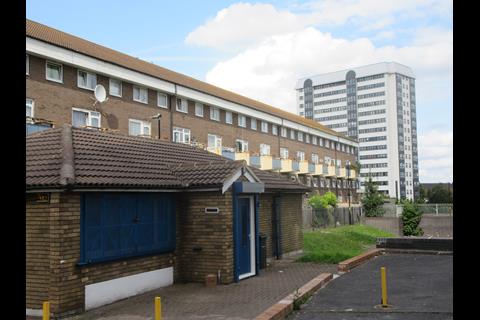
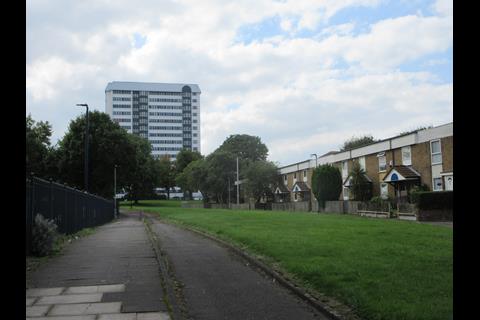







No comments yet